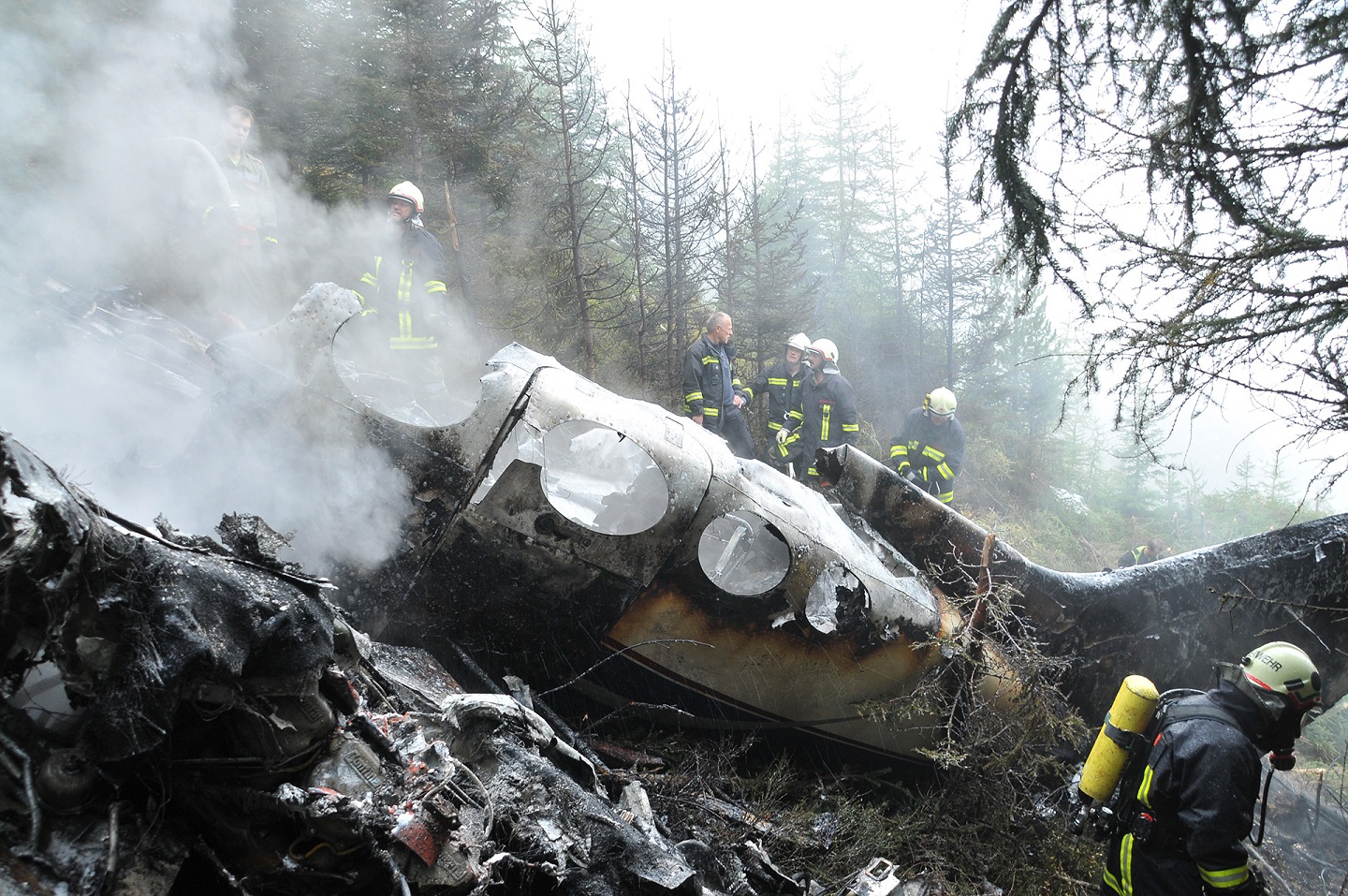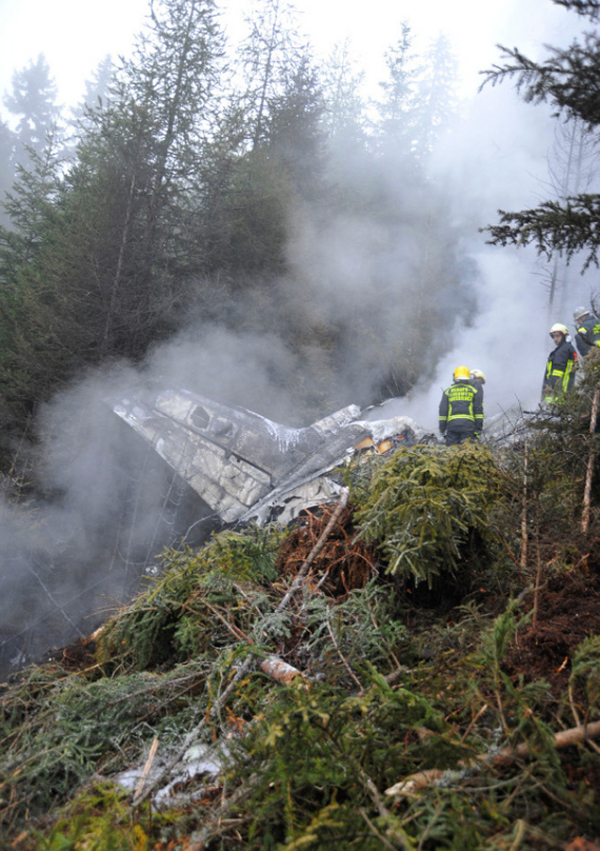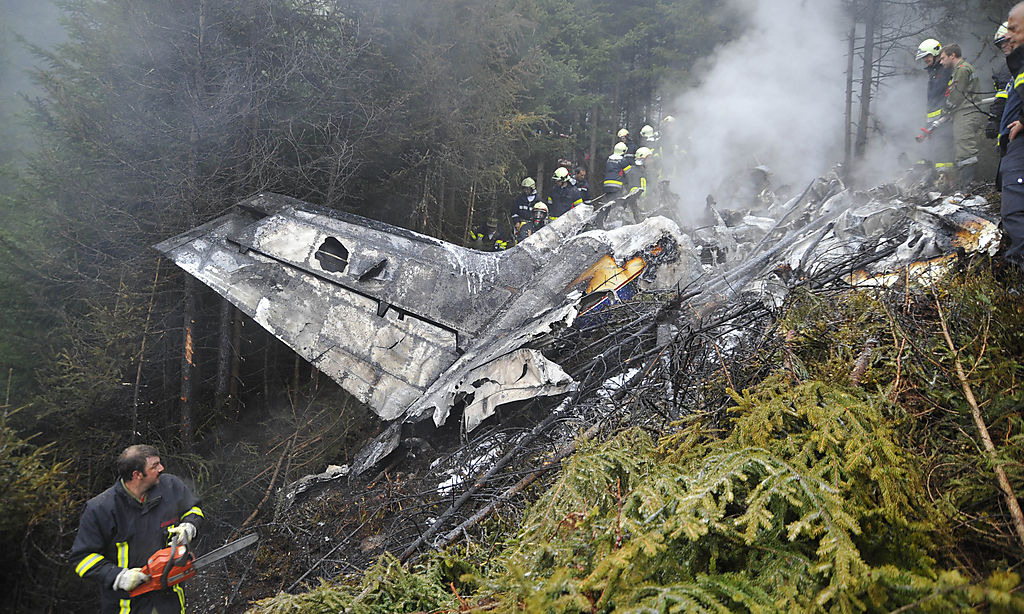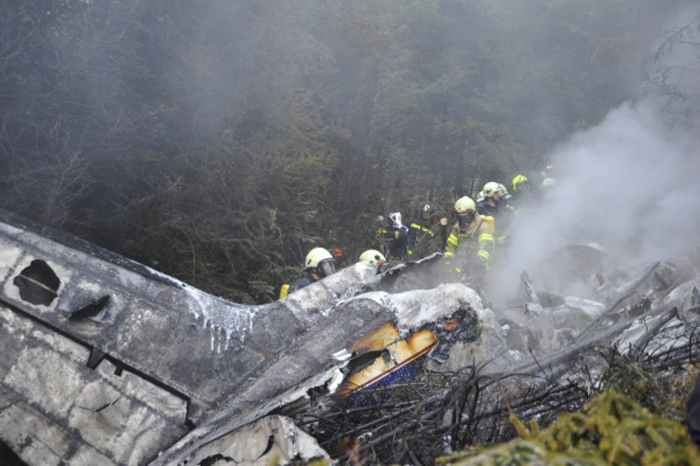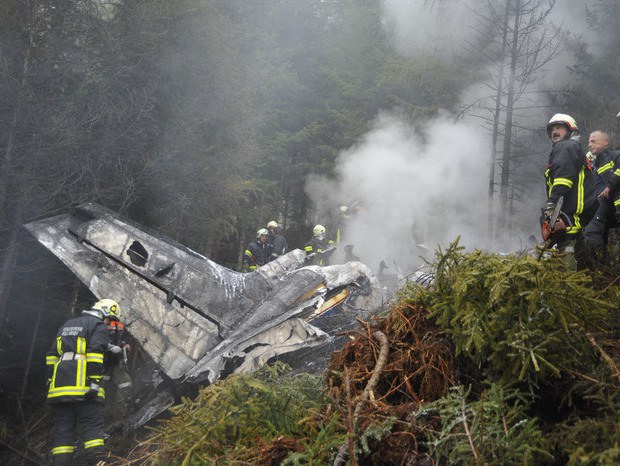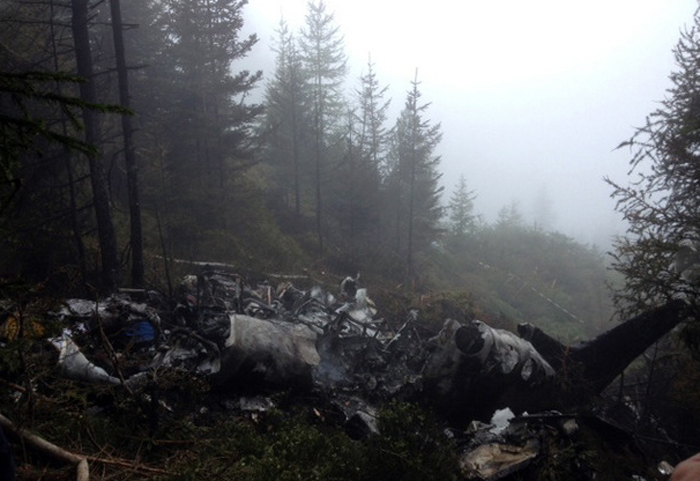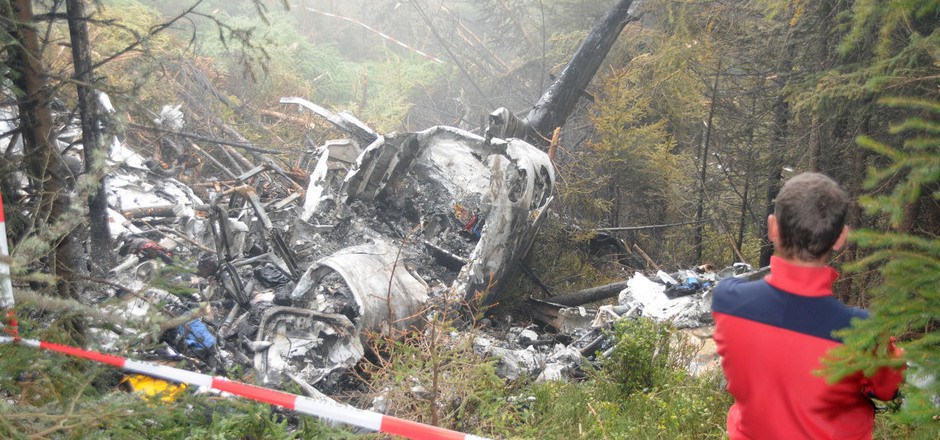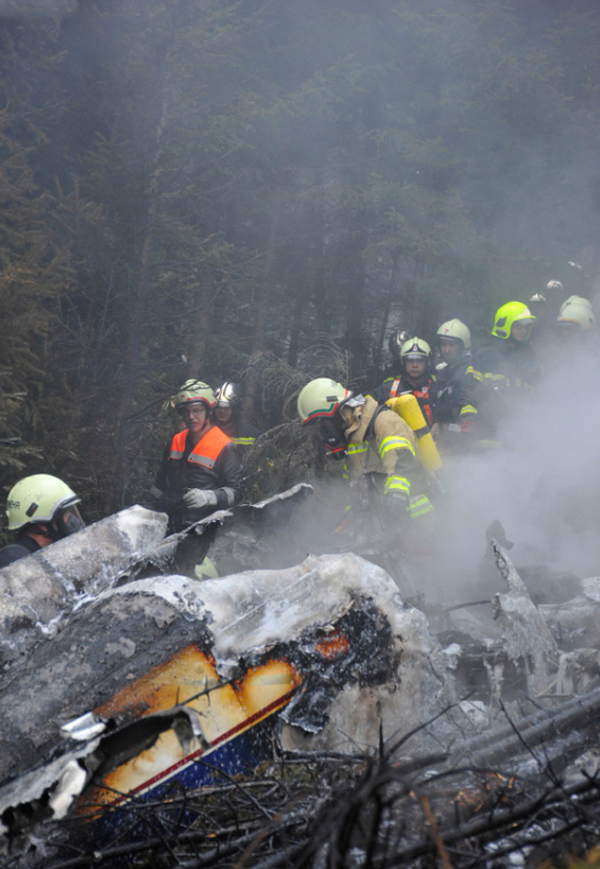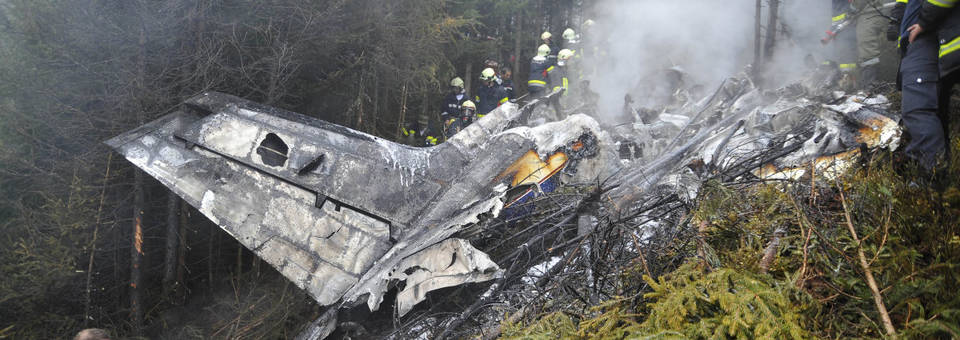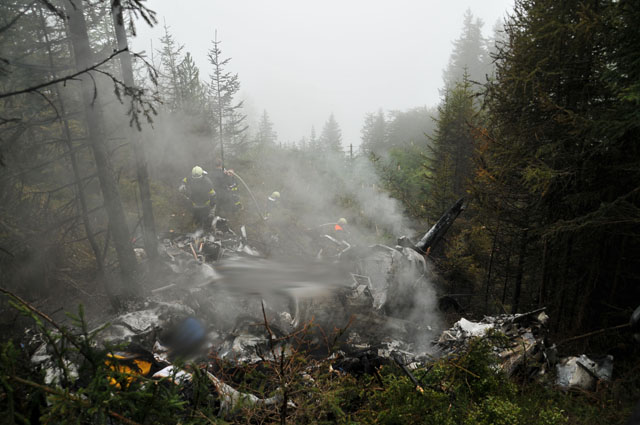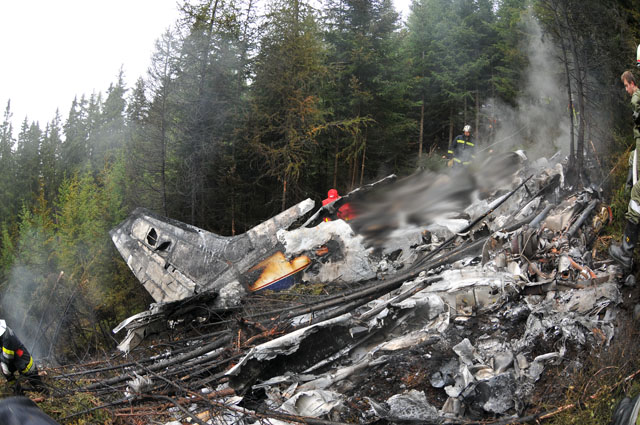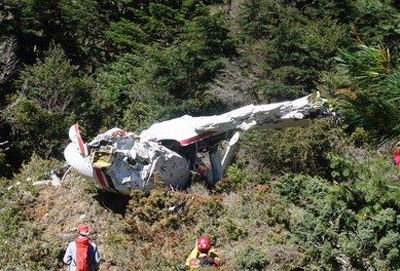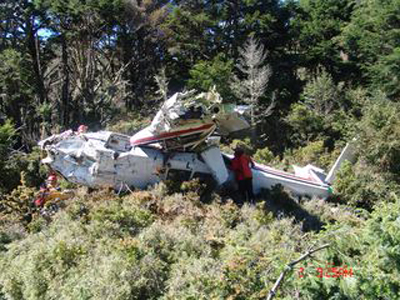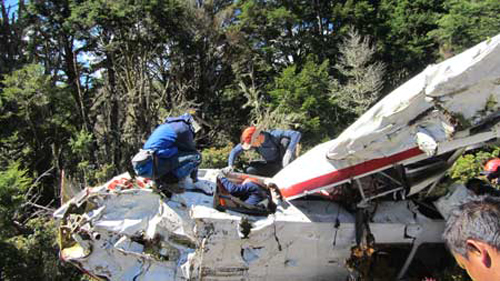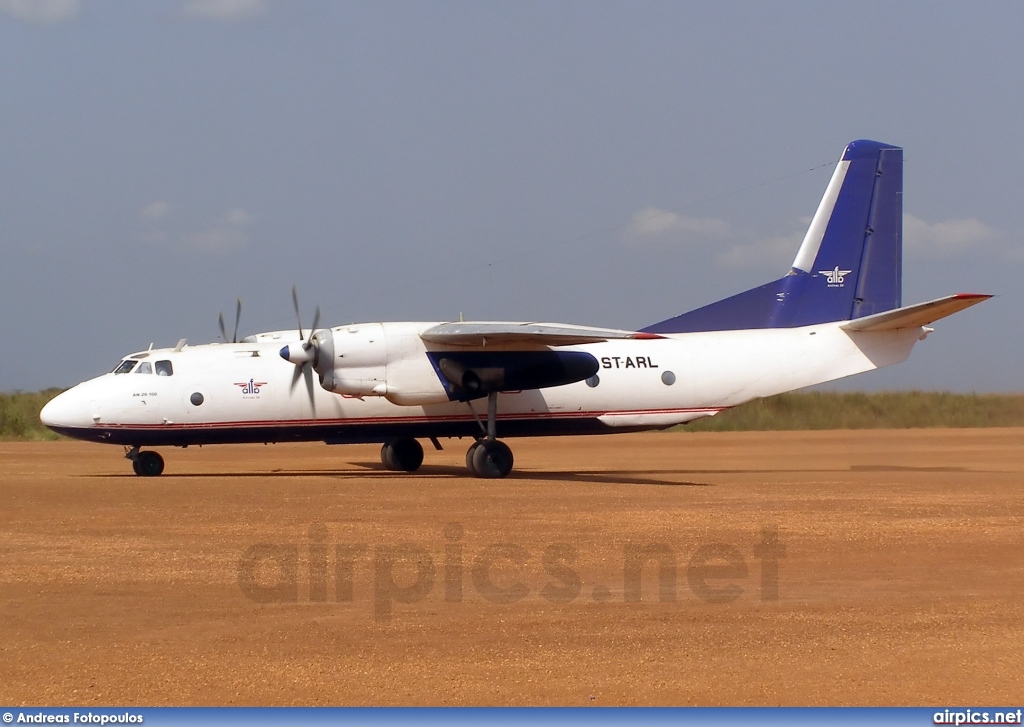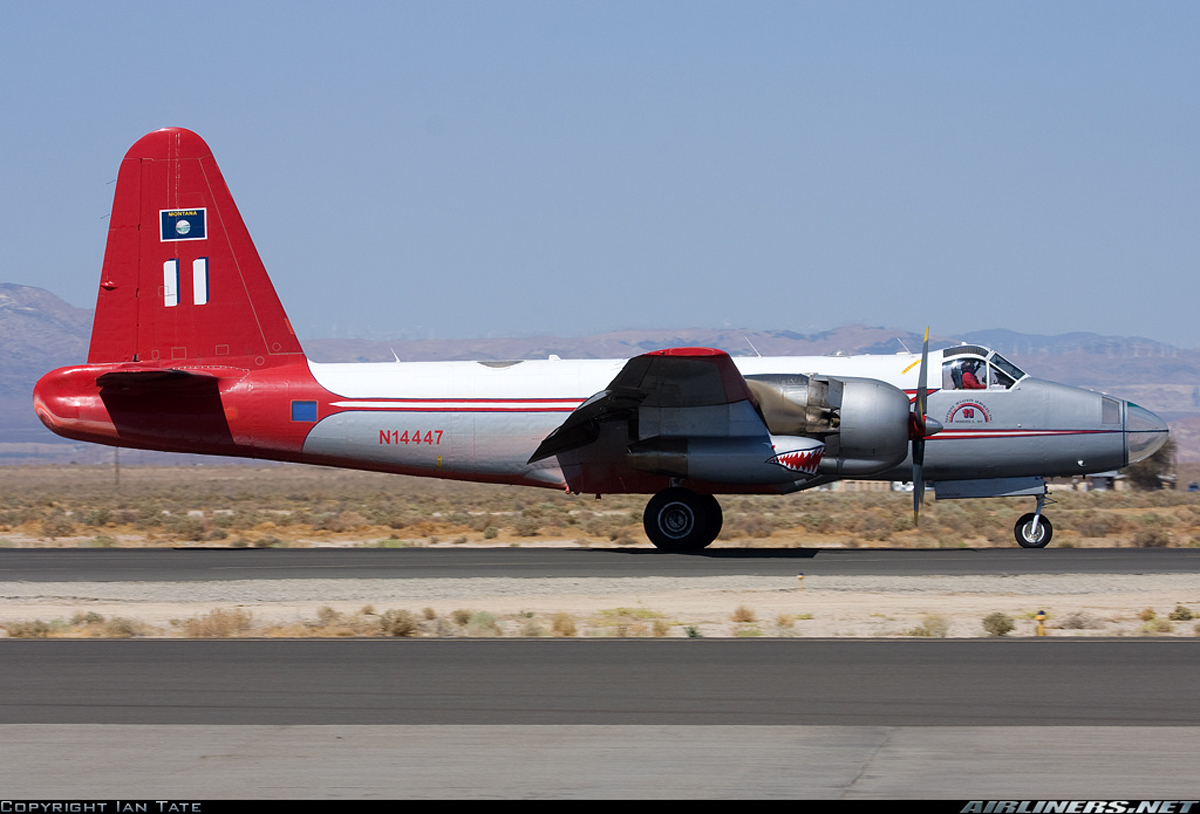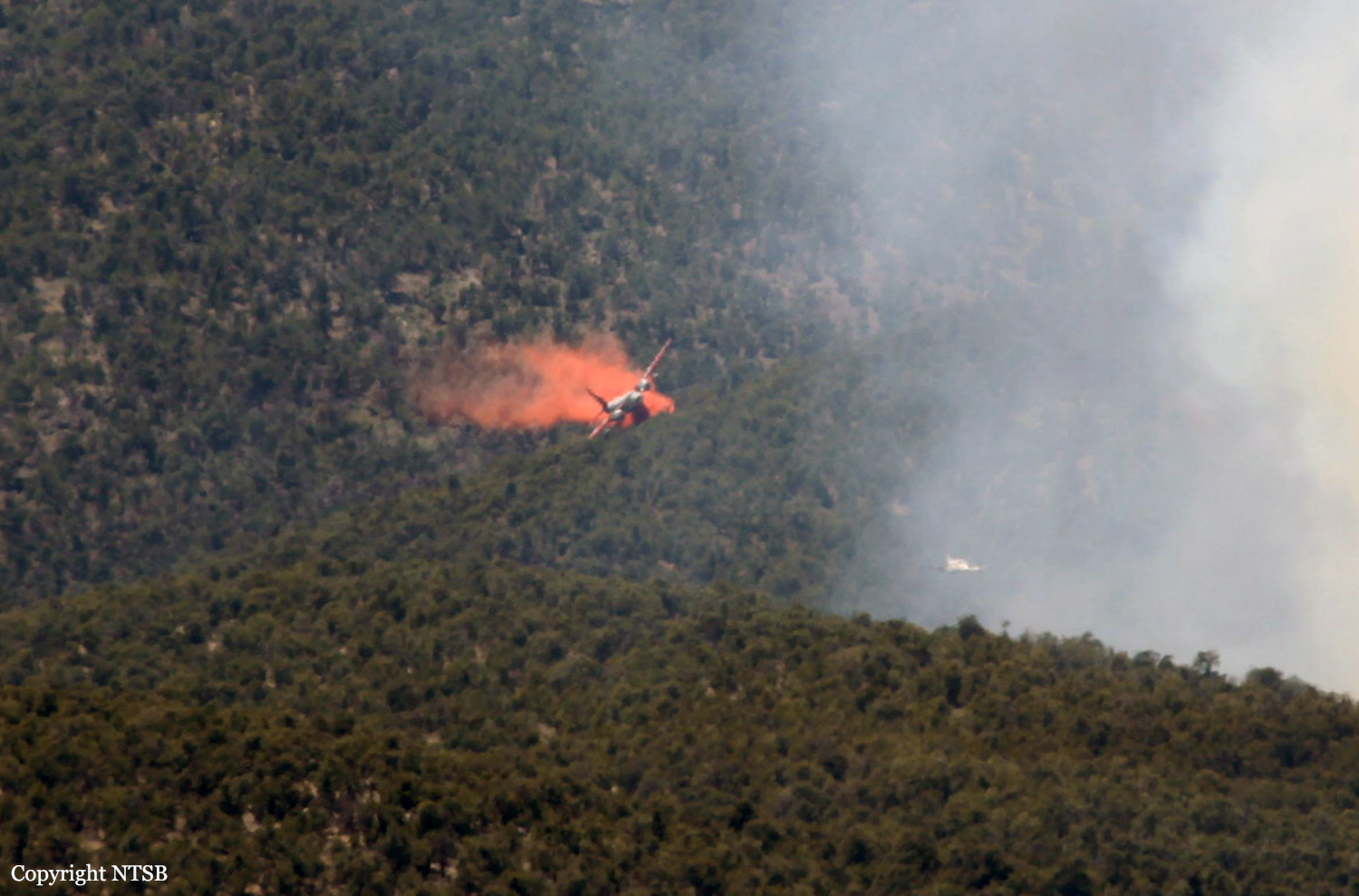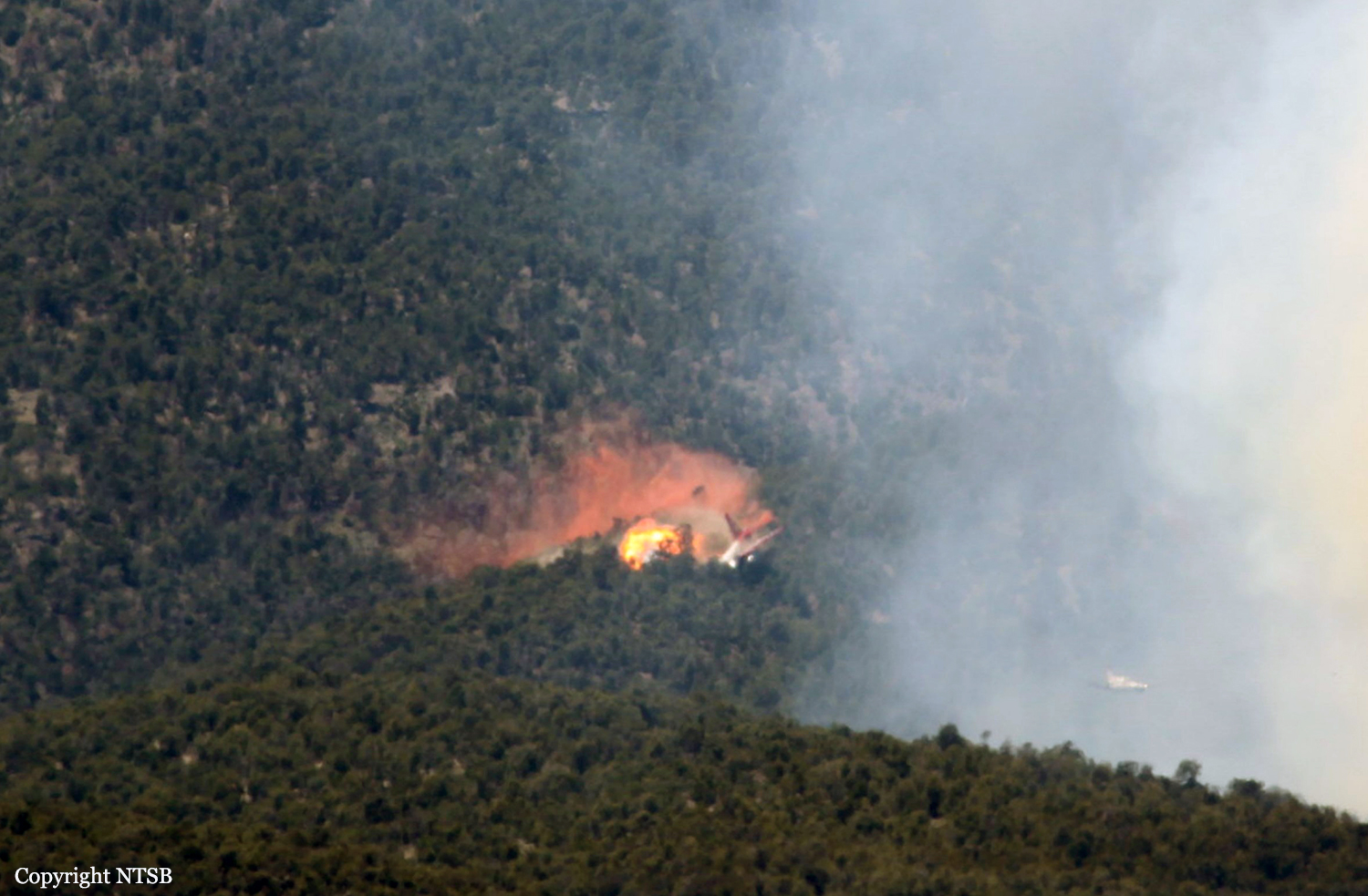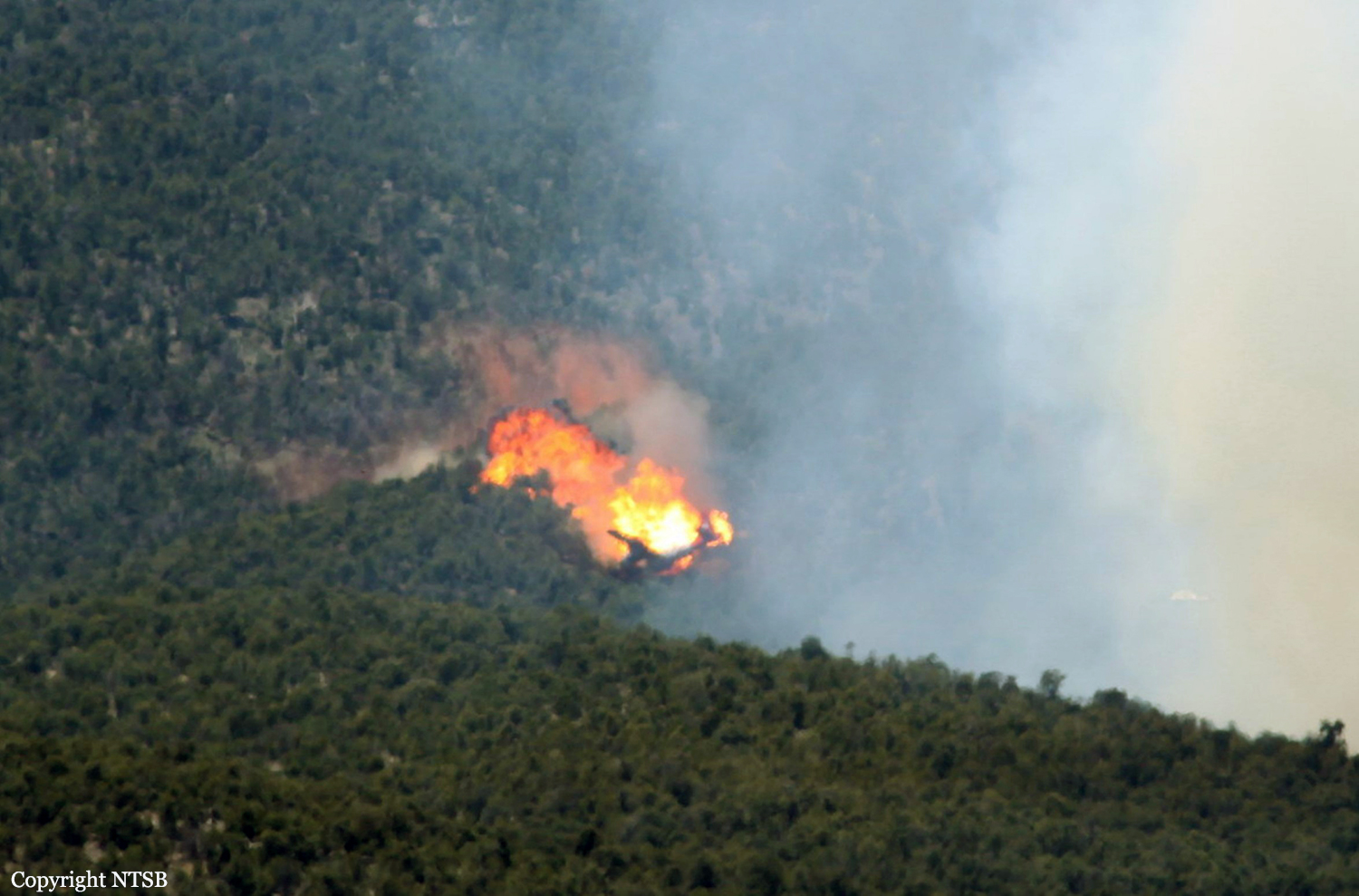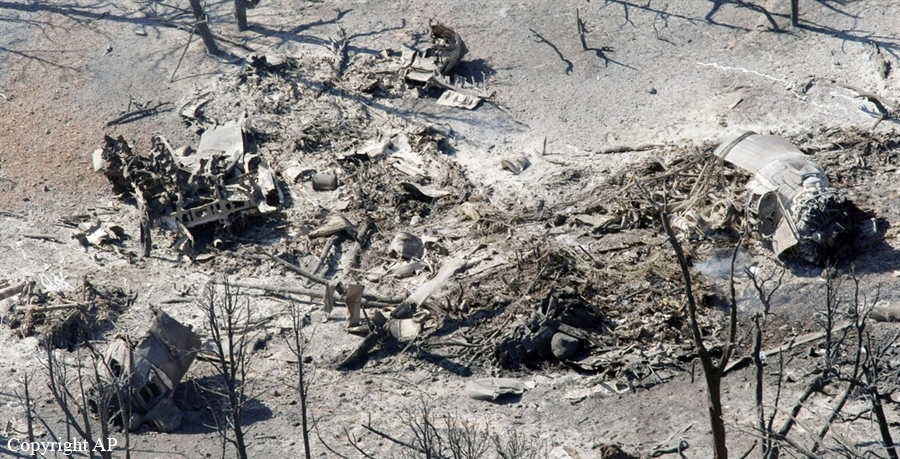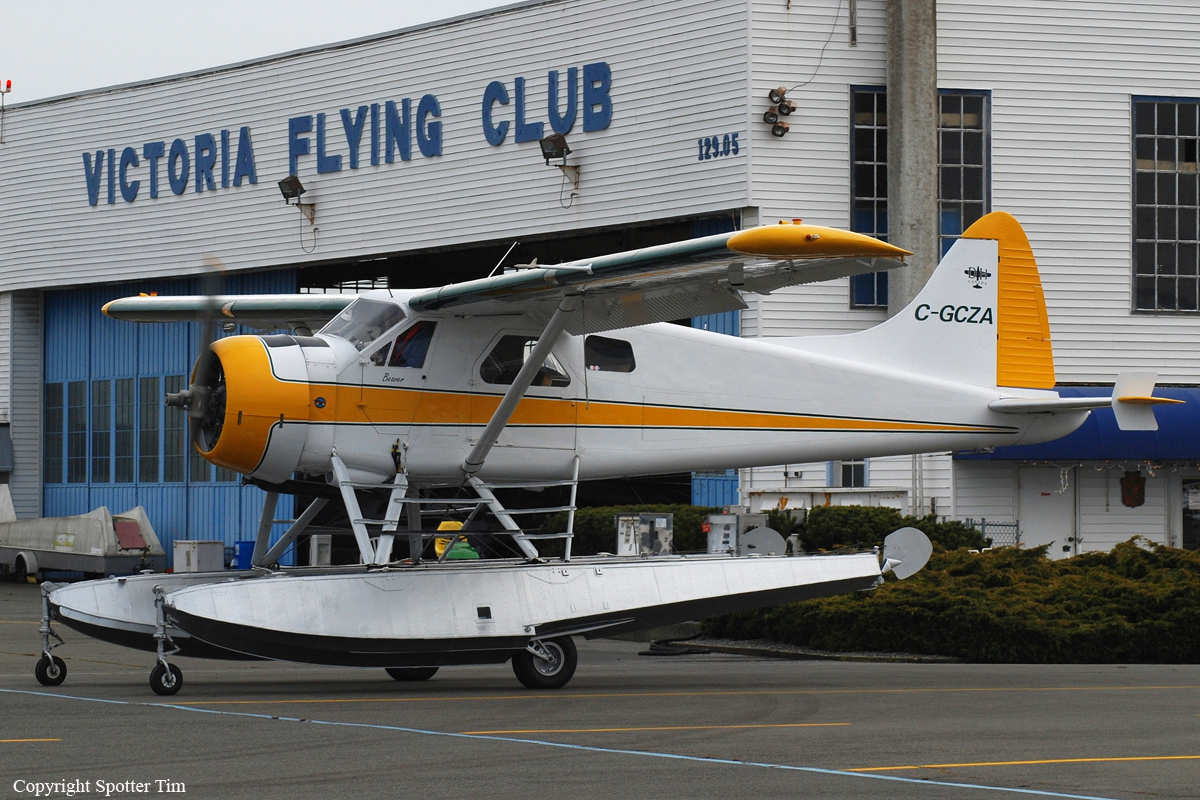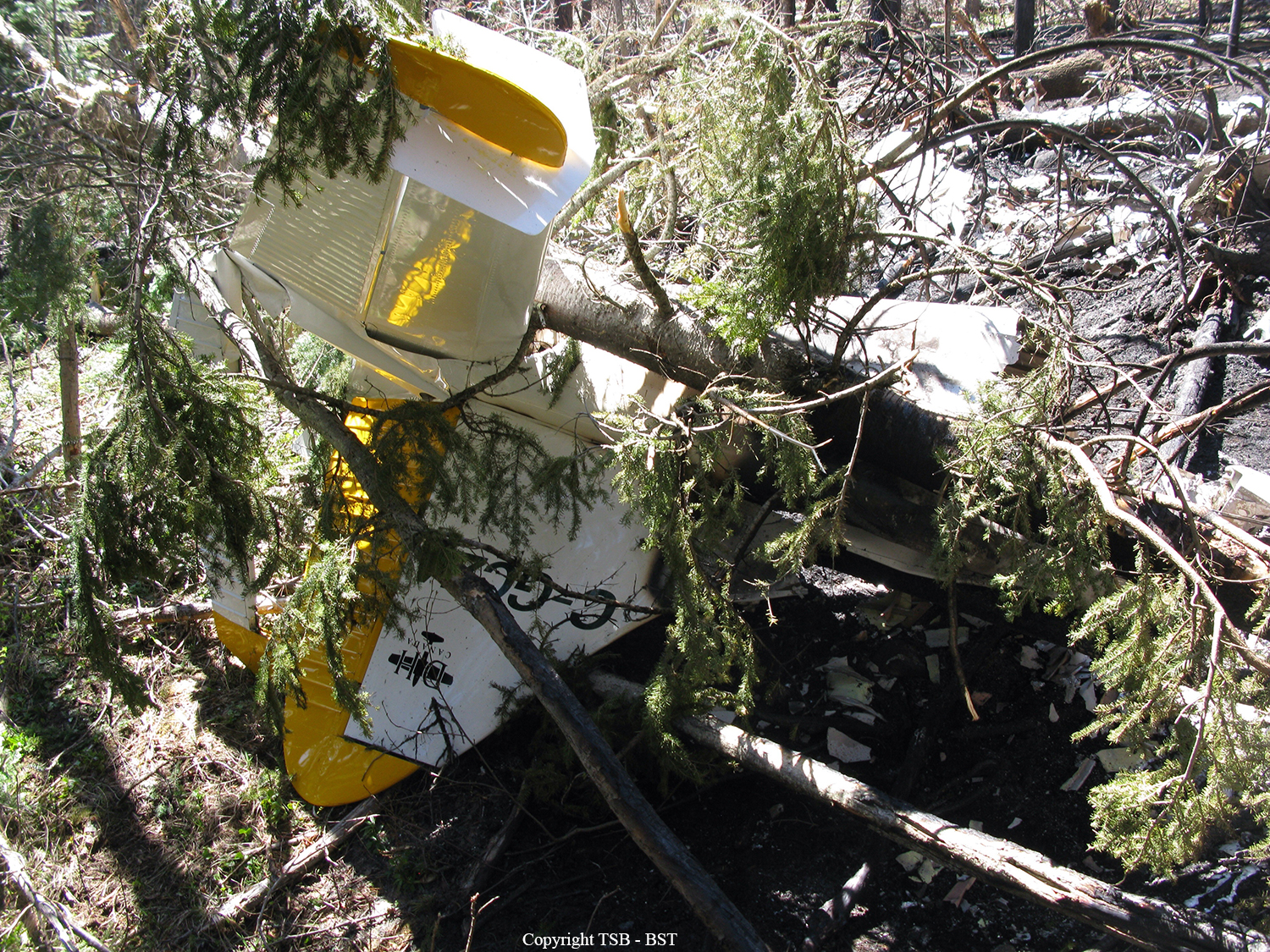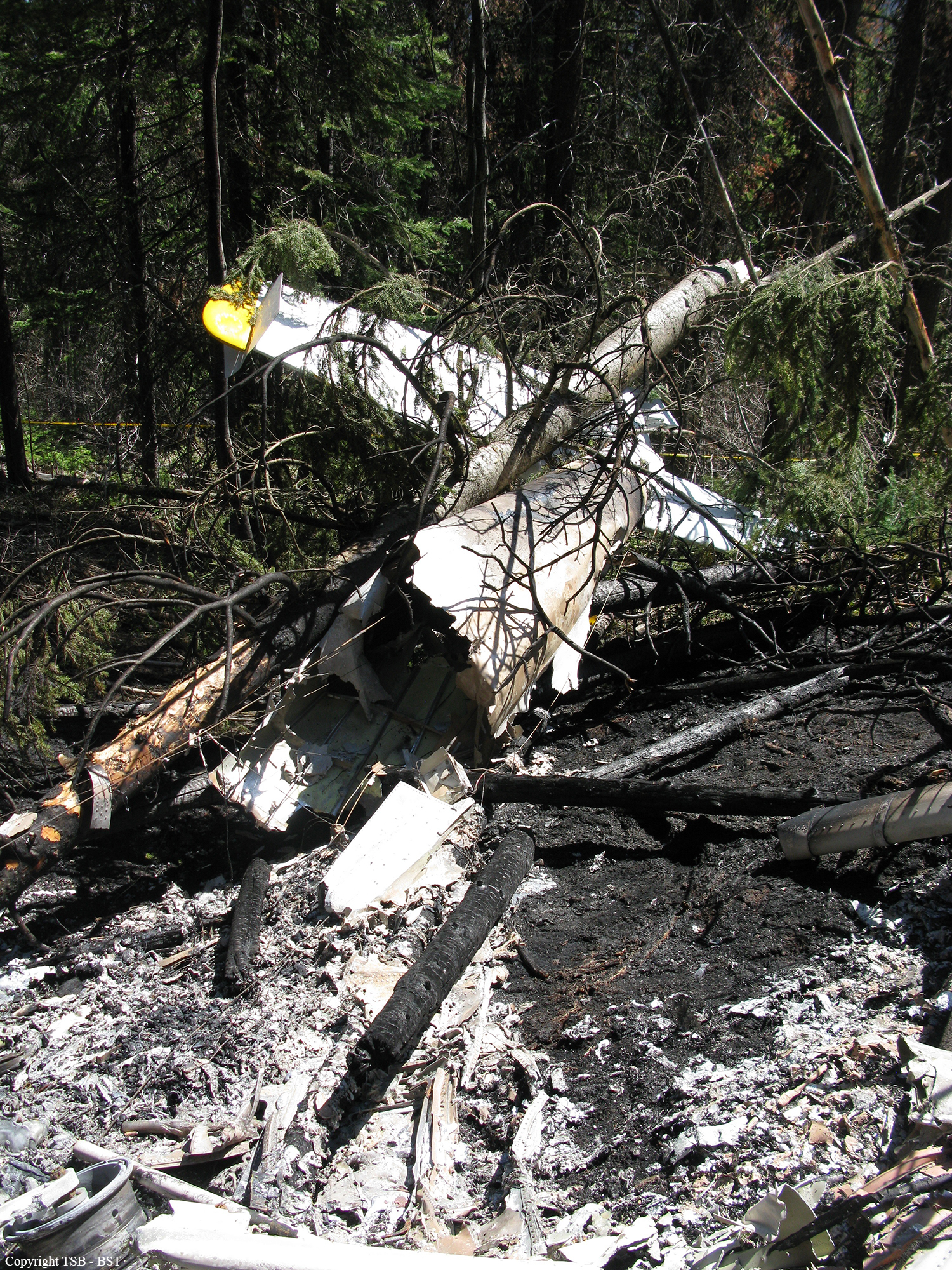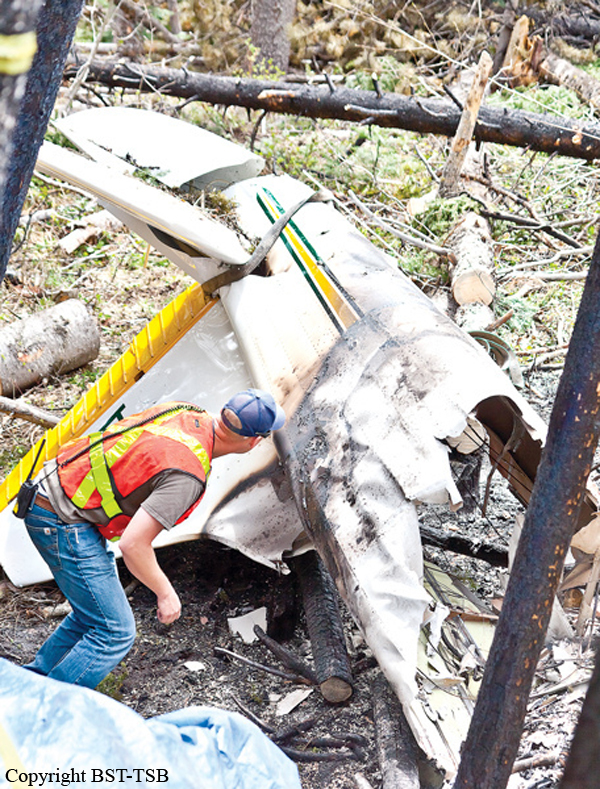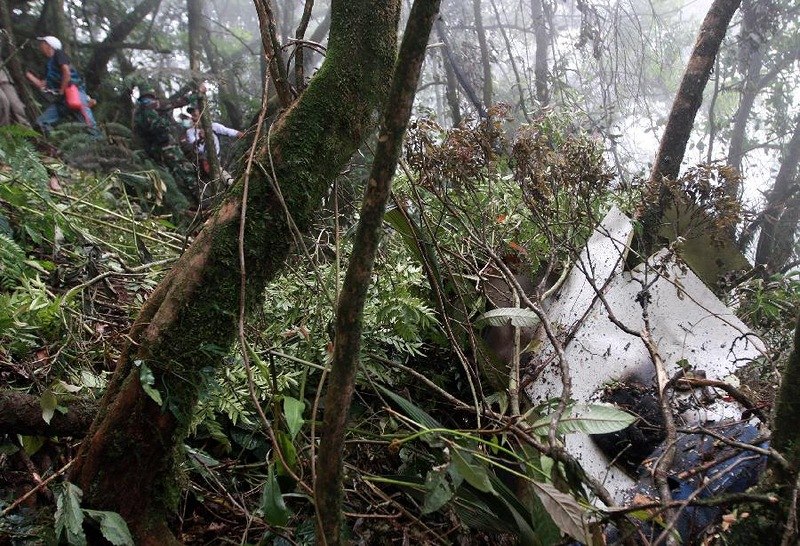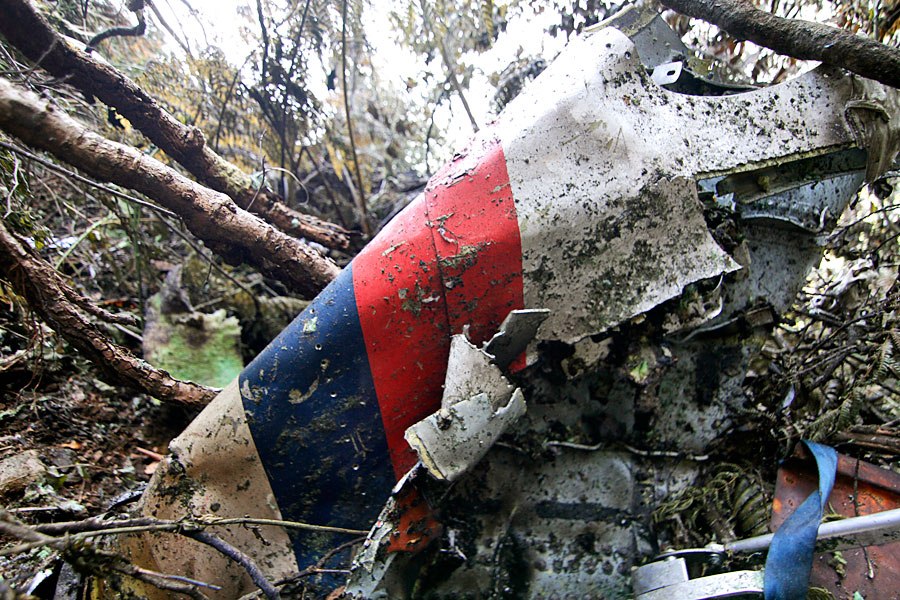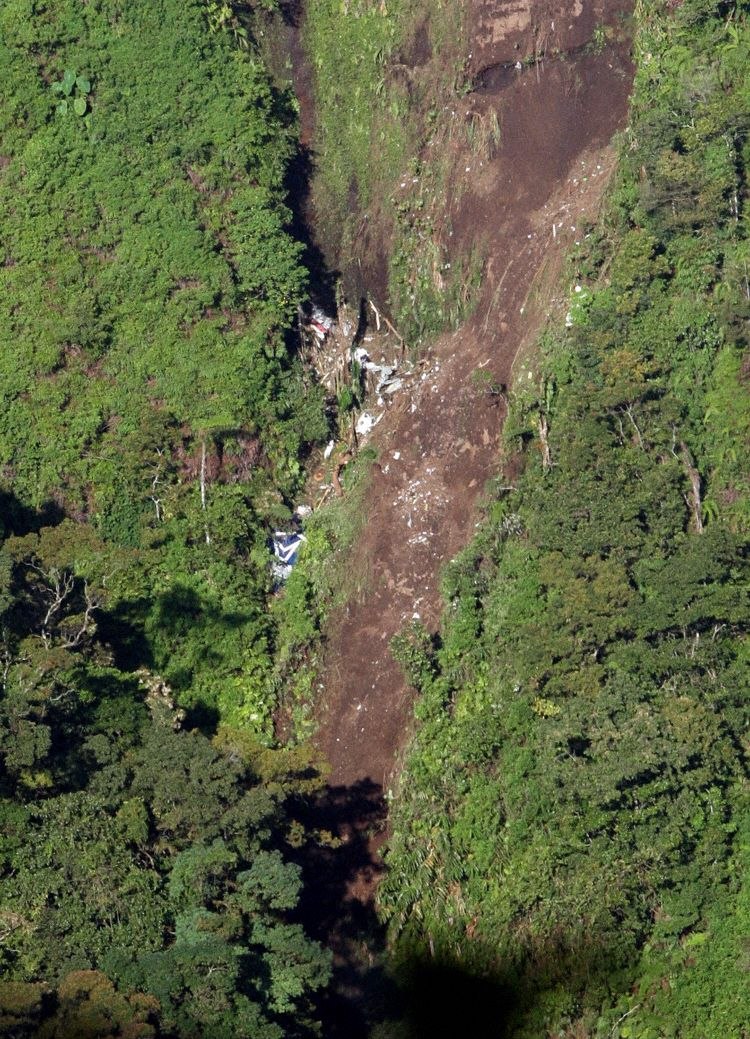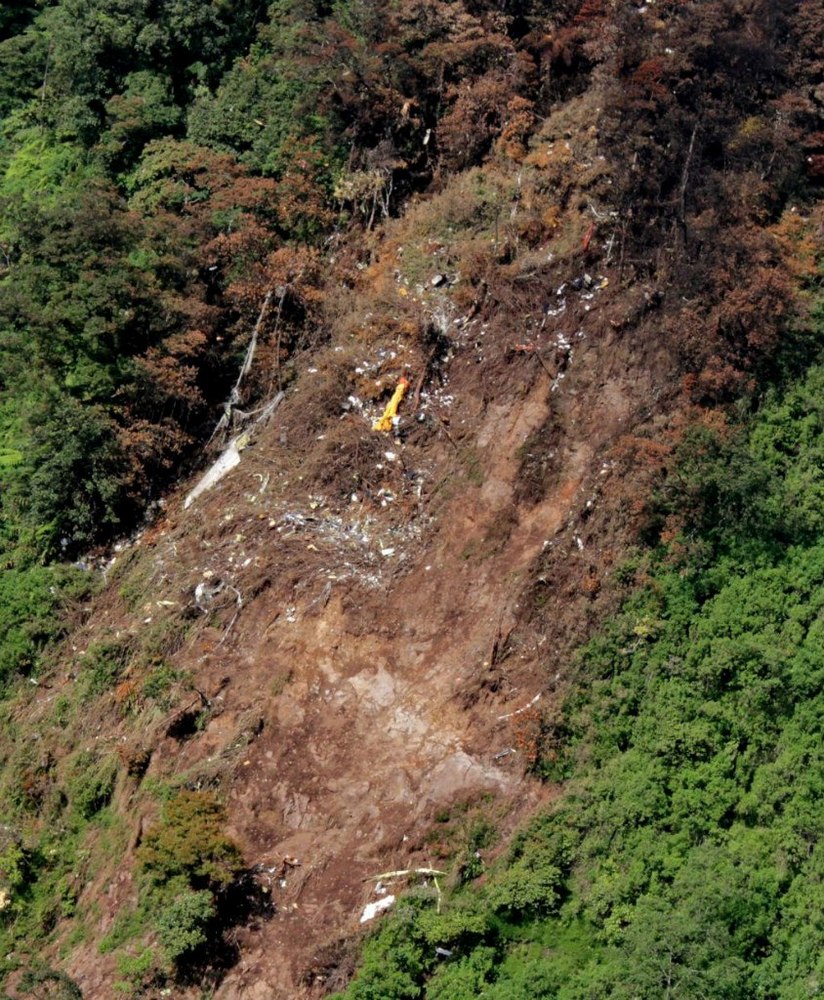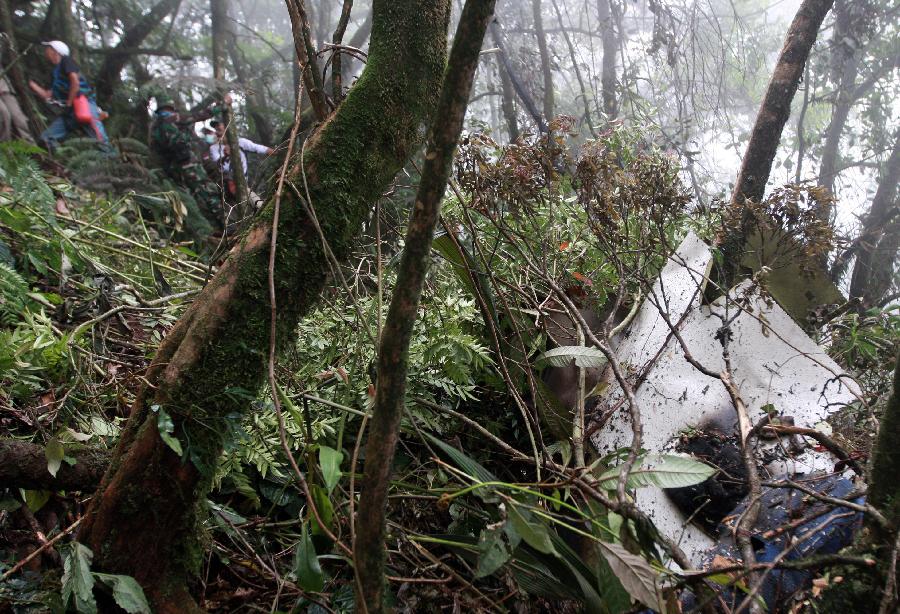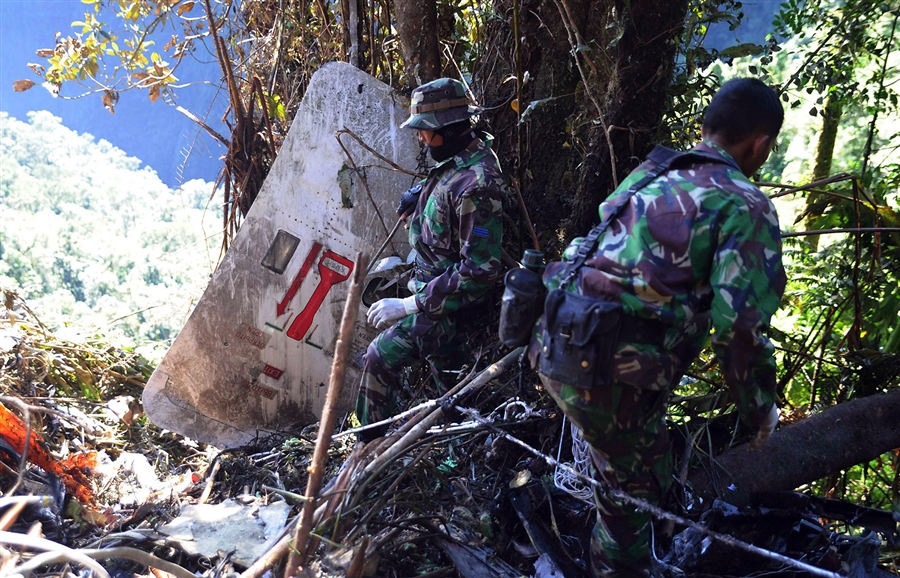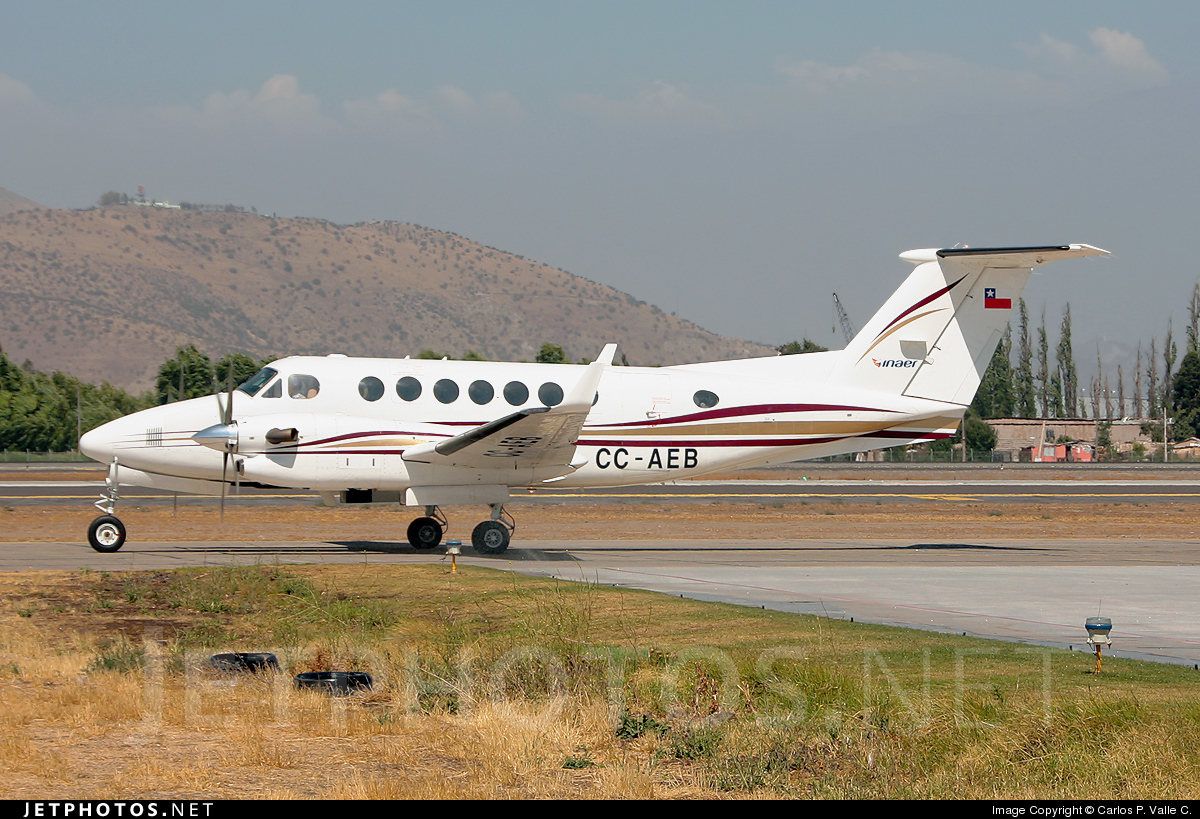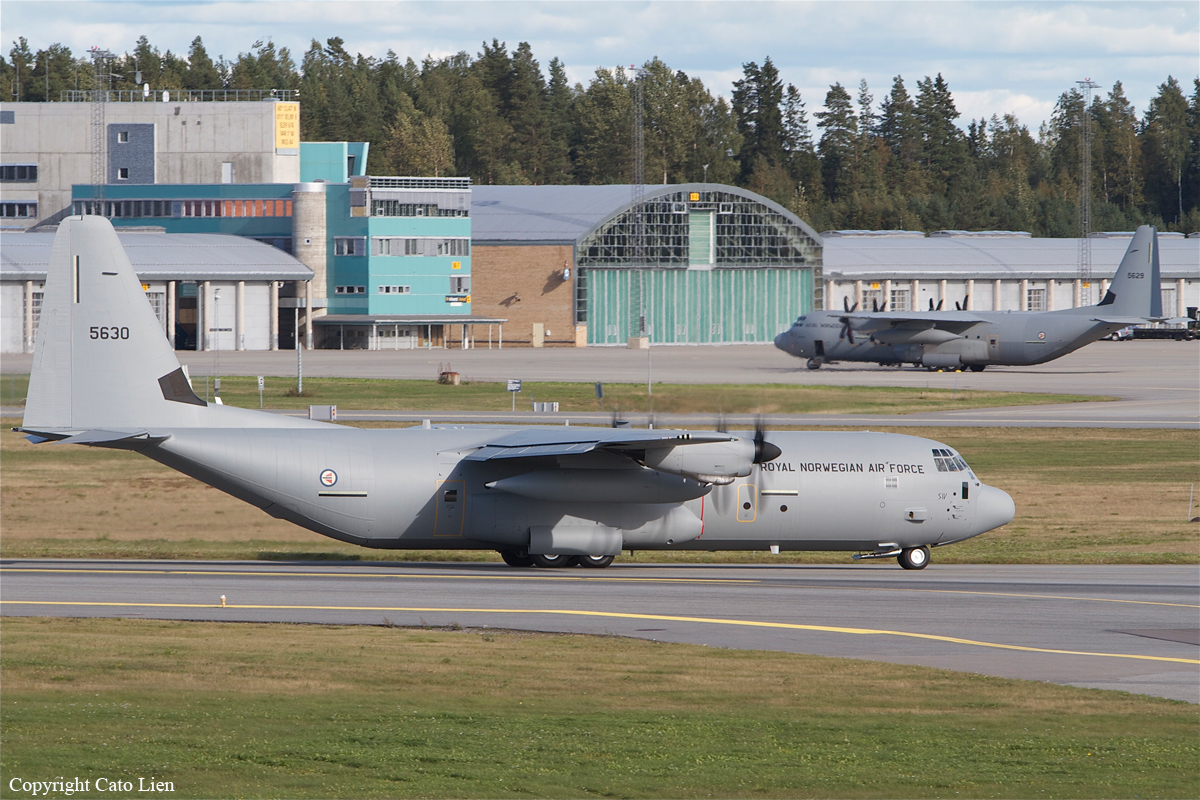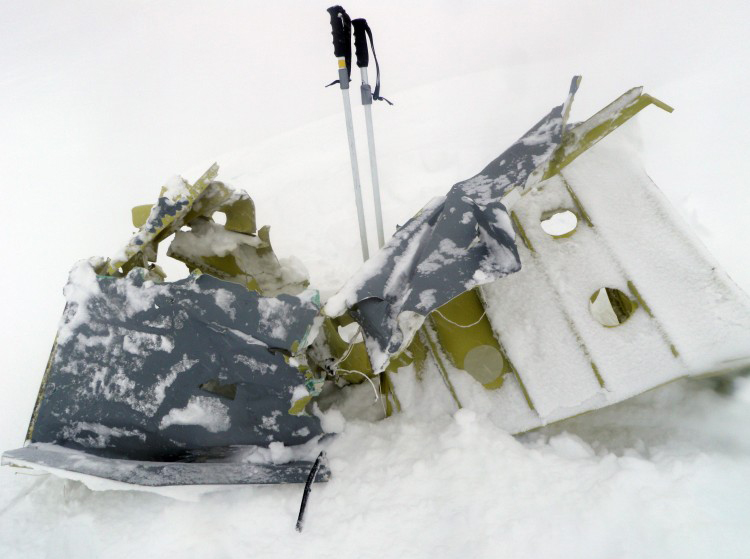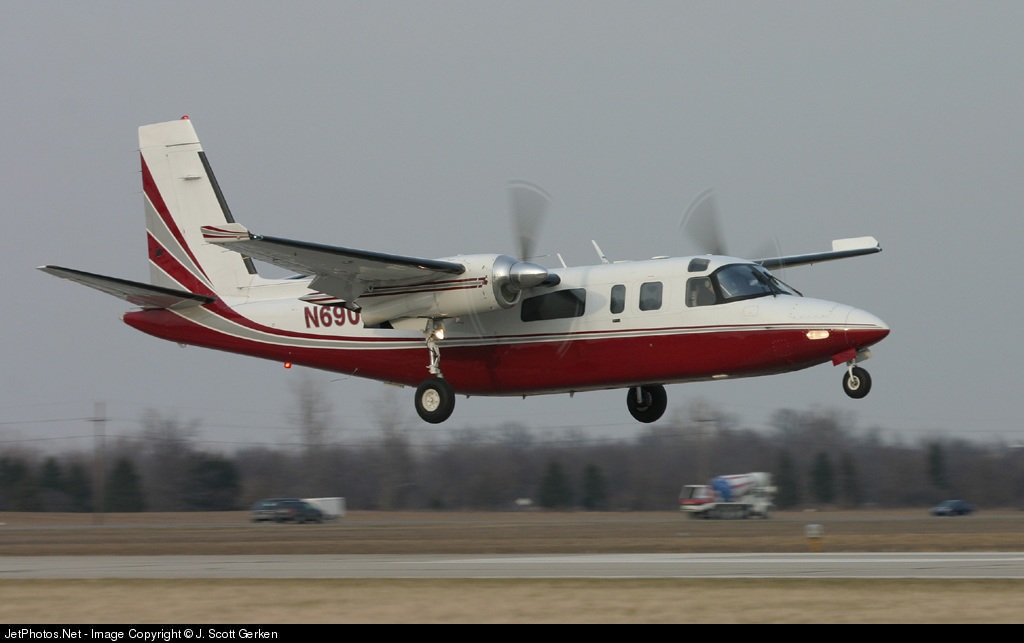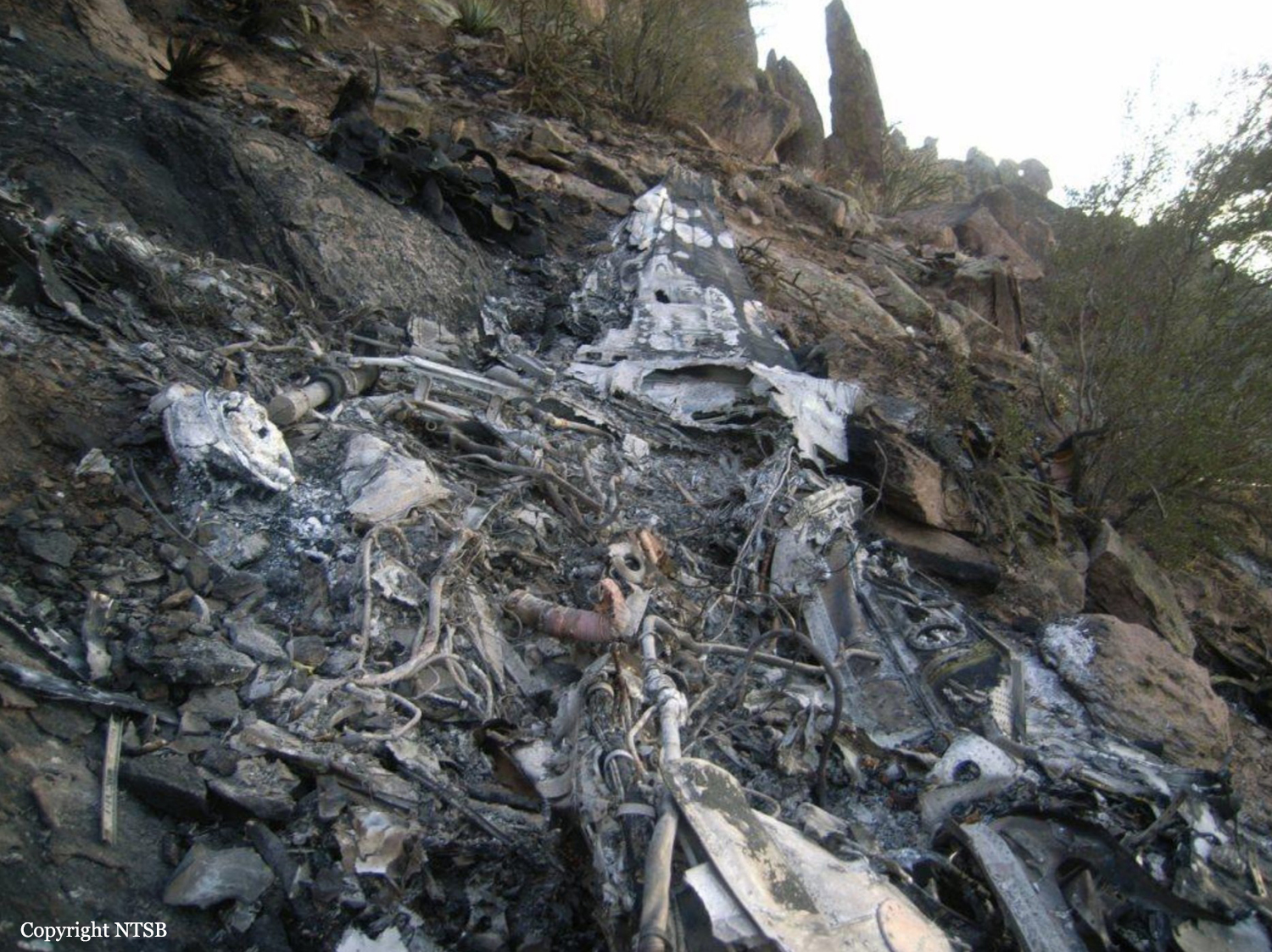Crash of a Cessna 414A Chancellor in Ellbögen: 6 killed
Date & Time:
Sep 30, 2012 at 0658 LT
Registration:
N738W
Survivors:
Yes
Schedule:
Innsbruck - Valencia
MSN:
414A-0027
YOM:
1978
Crew on board:
1
Crew fatalities:
Pax on board:
7
Pax fatalities:
Other fatalities:
Total fatalities:
6
Captain / Total hours on type:
1200.00
Aircraft flight hours:
8600
Circumstances:
The twin engine aircraft departed Innsbruck-Kranebitten Airport at 0654LT on a private flight to Valencia, Spain, carrying seven passengers and one pilot. VFR conditions prevailed at the time of departure. After takeoff from runway 26, the pilot turn to the south when he encountered limited visibility due to foggy conditions. In IMC conditions, the aircraft contacted trees, lost height and crashed in a wooded area located near the village of Ellbögen, about 15 km southeast of Innsbruck Airport, bursting into flames. The wreckage was found at an altitude of 1,612 metres. Two passengers were seriously injure while six other occupants were killed. The aircraft was totally destroyed by a post impact fire.
Probable cause:
Controlled flight into terrain after the pilot continued under VFR mode in IMC conditions.
Final Report:

